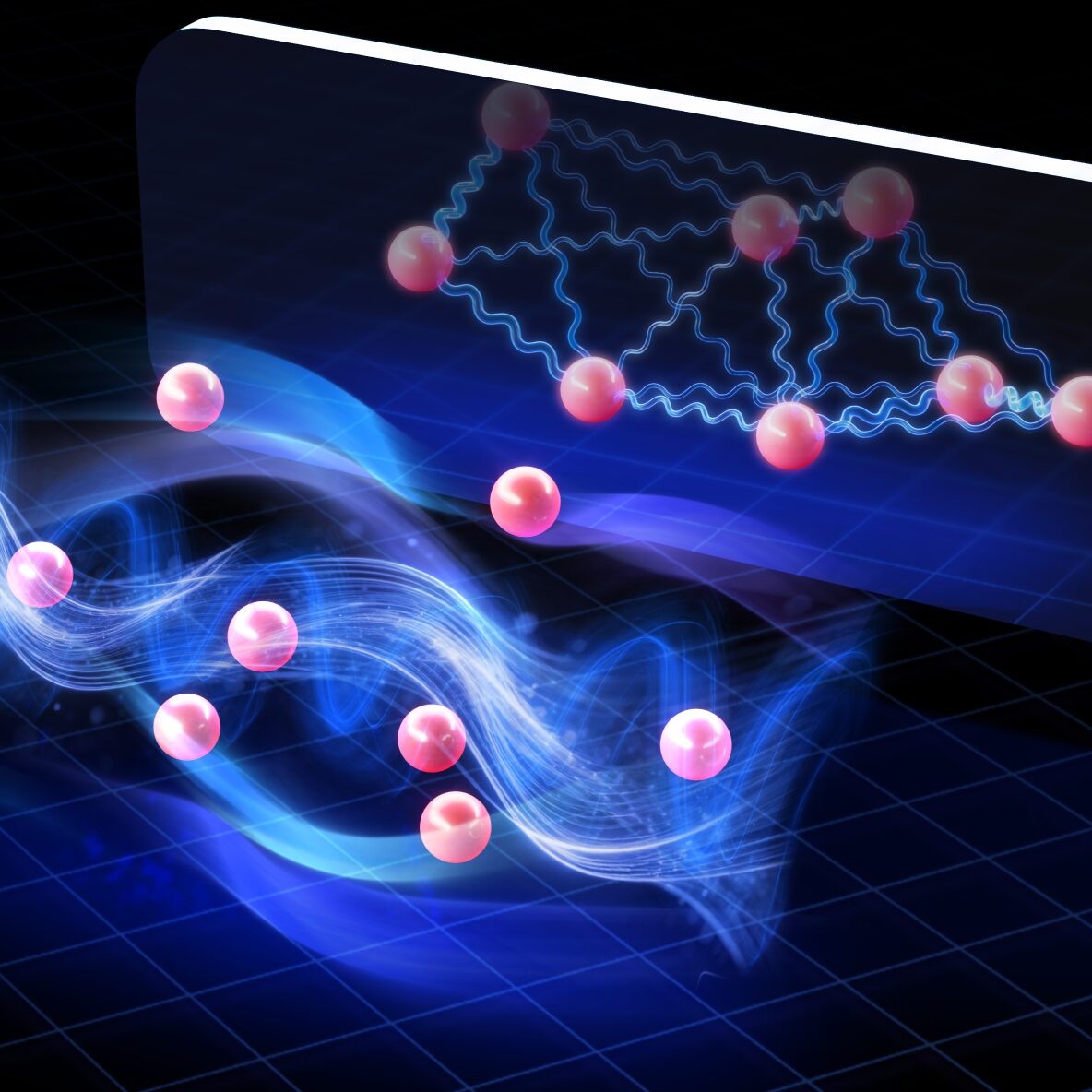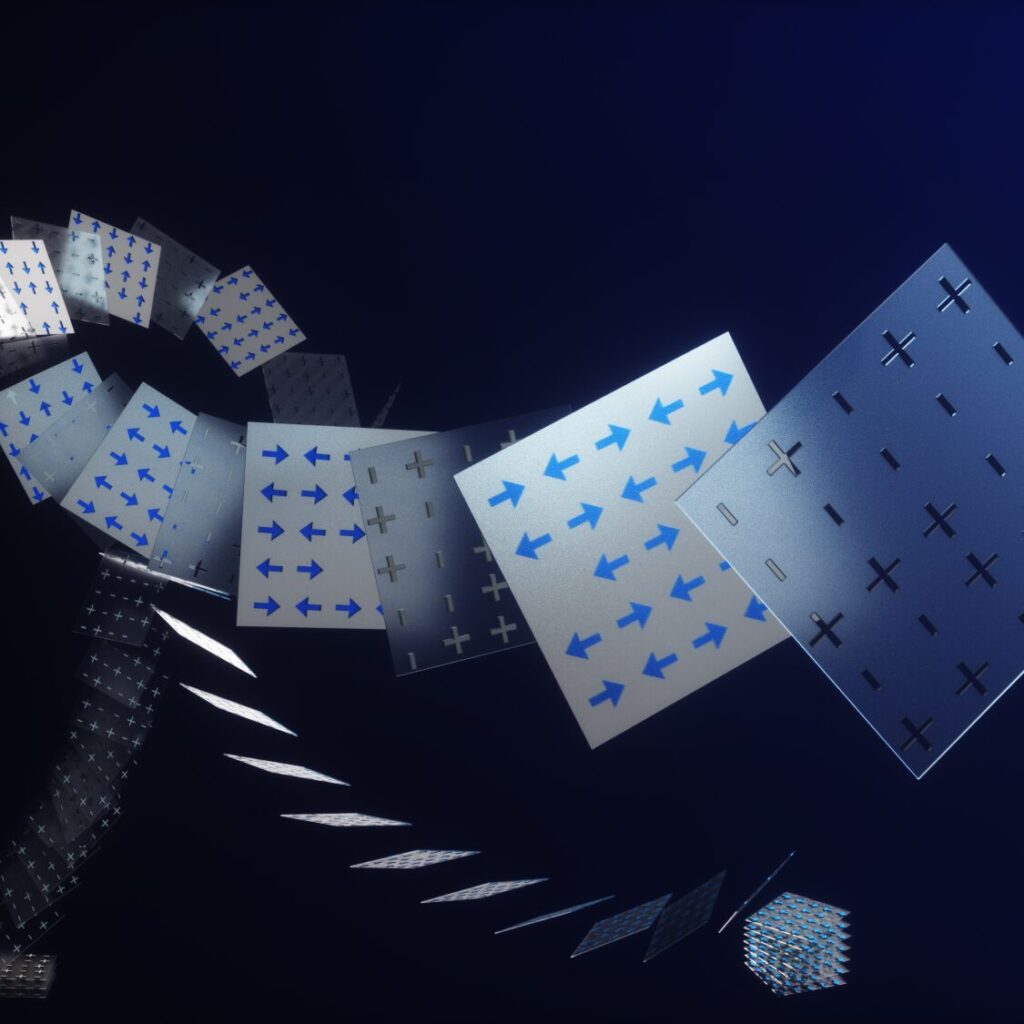Quantum Many-Body Methods
Our group actively develops and implements advanced quantum many-body computational techniques. These methods facilitate precise and efficient simulations of equilibrium properties, nonequilibrium dynamics, and response functions directly relevant to experimental observations in quantum systems. Leveraging massively parallel computing approaches, we primarily utilize high-performance computing resources provided by the National Energy Research Scientific Computing Center (NERSC) and the Texas Advanced Computing Center (TACC). The following sections introduce our innovative methods.
Wavefunction-Based Dynamics and Spectral Simulations
Wavefunction-based methods establish explicit functional forms for many-body wavefunctions, transforming the Hamiltonian and the Schrödinger equation into linear algebra problems within the defined subspace spanned by these wavefunctions. The principal strength of these methods lies in their ability to directly obtain a broad range of physical properties from the calculated wavefunctions. In particular, they provide unbiased access to complex simulations of excited-state spectroscopic measurements and dynamical behaviors, though typically incurring a substantial computational cost.
Within our group, we extensively develop and implement exact diagonalization (ED) and density-matrix renormalization group (DMRG) algorithms, optimized for massively parallel computational environments. Despite the versatile nature of these algorithms, they are particularly optimized to simulate high-order correlations, advanced spectroscopy (especially resonant and x-ray spectroscopy), and nonequilibrium pump-probe dynamics of interacting quantum systems. Our development of advanced algorithms, notably the Paradeisos hashing method and the multi-shifted bi-conjugate gradient algorithm, significantly enhances computational efficiency for large-scale simulations. These finite-cluster simulations can also be combined with the cluster perturbation theory to approximate spectral results in the thermodynamic limit. Moreover, by leveraging the Krylov-subspace framework, we are capable of accurately simulating complex spectrum (such as time-resolved RIXS) involving four-time correlation functions.
Relevant papers:
- Sharma et al. “Accelerating Resonant Spectroscopy Simulations Using Multi-Shifted Bi-Conjugate Gradient“, Phys. Rev. B 112, 115113 (2025)
- Shen et al. “Signatures of the Attractive Interaction in Spin Spectra of One-Dimensional Cuprate Chains“, Phys. Rev. Research 6, L032068 (2024)
- Hales et al. “Witnessing Light-Driven Entanglement using Time-Resolved Resonant Inelastic X-Ray Scattering“, Nat. Commun. 14, 3512 (2023)
- Wang et al. “X-ray Scattering from Light-Driven Spin Fluctuations in a Doped Mott Insulator“, Commun. Phys. 4, 212 (2021)
- Chen et al. “Anomalously Strong Near-Neighbor Attraction in Doped 1D Cuprate Chains“, Science 373, 1235 (2021)
- Wang et al. “Time-Resolved Resonant Inelastic X-Ray Scattering in a Pumped Mott Insulator“, Phys. Rev. B 101, 165126 (2020)
- Wang et al. “Theory of Time-Resolved Raman Scattering in Correlated Systems: Ultrafast Engineering of Spin Dynamics and Detection of Thermalization“, Phys. Rev. B 98, 245106 (2018)
- Jia et al. “Paradeisos: a Perfect Hashing Algorithm for Many-Body Eigenvalue Problems“, Comput. Phys. Commun. 224, 81 (2018)
- Wang et al. “Producing Coherent Excitations in Pumped Mott Antiferromagnetic Insulators“, Phys. Rev. B 96, 235142 (2017)
Strong-Coupling Methods for Fermion-Boson Systems

While numerous significant many-body effects emerge primarily from electronic interactions, it is increasingly recognized that strong coupling between electrons and bosonic modes, including phonons and photons, substantially influences the phase behavior of quantum systems. Quantum fluctuations inherent to these bosonic modes mediate complex electron-electron interactions. The the inherent tunability of these bosonic modes presents practical strategies for material manipulation and device control. However, in these strong-coupling systems, capturing the essential entanglement between fermionic and bosonic degrees of freedom requires highly accurate, non-perturbative computational methods.
Our group has developed advanced hybrid variational approaches specifically designed for quantum systems characterized by simultaneous strong electronic correlations and non-perturbative electron-boson couplings. Employing sequential fermion-boson entangler transformations, these methodologies iteratively map the coupled electron-boson system into a many-body representation in which electrons and bosons are effectively decoupled. This transformation, however, induces complex, subsystem-specific interactions, which are addressed by accurate numerical solutions. The variational non-Gaussian framework we established, integrated with exact diagonalization (termed NGSED) and density-matrix renormalization group methods (termed NGS-DMRG), has proven highly accurate and efficient across a variety of quantum systems involving electron-phonon and light-matter interactions. These wavefunction-based methods also extend to quantum computing and nonequilibrium dynamics simulations.
Relevant papers:
- Mendonça et al. “Role of Matter Interactions in Superradiant Phenomena“, Phys. Rev. Lett. 135, 133601 (2025)
- Chen et al. “Strong Electron-Phonon Coupling in Magic-Angle Twisted Bilayer Graphene“, Nature 636, 342 (2024)
- Liu et al. “Charge Density Wave State in Extremely Overdoped Cuprates Driven by Phonons“, Phys. Rev. B 110, 115133 (2024)
- Denner et al. “A Hybrid Quantum-Classical Method for Electron-Phonon Systems“, Commun. Phys. 6, 233 (2023)
- Wang et al. “Phonon-Mediated Long-Range Attractive Interaction in One-Dimensional Cuprates“, Phys. Rev. Lett. 127, 197003 (2021)
- Wang et al. “Fluctuating Nature of Light-Enhanced d-Wave Superconductivity: A Time-Dependent Variational Non-Gaussian Exact Diagonalization Study“, Phys. Rev. X 11, 041028 (2021)
- Wang et al. “Zero-Temperature Phases of the 2D Hubbard-Holstein Model: A Non-Gaussian Exact Diagonalization Study“, Phys. Rev. Research 2, 043258 (2020)
Variants of Determinant Quantum Monte Carlo

Determinant quantum Monte Carlo (DQMC) is a powerful quantum many-body technique capable of accurately simulating properties of thermal ensembles composed of interacting electrons. This method achieves results through stochastic sampling of auxiliary Hubbard-Stratonovich fields, guided by a Metropolis algorithm that systematically transitions the ensemble configurations based on ratios of Green function determinants. Although the technique is constrained by the fermion-sign problem, limiting its applicability to higher temperatures or symmetry-protected regimes, DQMC remains a highly effective tool for evaluating both static and dynamical properties across a wide range of systems relevant to materials science and quantum simulation platforms.
Our group utilizes advanced DQMC algorithms to simulate static and dynamical properties of interacting systems, incorporating both electron-electron interactions and electron-phonon coupling. We have further extended DQMC by developing innovative algorithmic variations. A notable advancement is the “Fock-state DQMC”, which incorporates Fock-state updates directly within the stochastic sampling process, emulating quantum gas microscopes. It faithfully samples electronic Fock states across any desired ensemble through a dedicated pre-selection scheme. Additionally, our group developed the DQMCCPT method, integrating cluster perturbation theory into the analytic continuation framework of DQMC, thus enabling the simulation of spectral properties with infinite momentum resolution.
Relevant papers:
- Ding et al. “Sampling Electronic Fock States using Determinant Quantum Monte Carlo“, Commun. Phys. 8, 48 (2025)
- Liu et al. “Charge Density Wave State in Extremely Overdoped Cuprates Driven by Phonons“, Phys. Rev. B 110, 115133 (2024)
- Huang et al. “Determinantal Quantum Monte Carlo Solver for Cluster Perturbation Theory“, Phys. Rev. Research 4, L042015 (2022)
- Wang et al. “Higher-Order Spin-Hole Correlations around a Localized Charge Impurity“, Phys. Rev. Research 3, 033204 (2021)
Mesoscopic ab initio Method
In quantum chemistry, the term ab initio denotes computational many-body techniques strictly founded on fundamental atomic spatial coordinates, without incorporating any empirical or external data. While these methods achieve exceptional precision, their computational demands typically limit their practical use to relatively small atomic clusters. Consequently, for large-scale materials, especially moiré heterostructures or quantum dot systems whose dimensions span tens to hundreds of nanometers, traditional atomic-level ab initio approaches are computationally prohibitive. Moreover, at these larger length scales, physical properties are typically governed by mesoscopic-scale features rather than detailed atomic-level configurations.
To overcome this challenge, our group has developed a mesoscopic ab initio approach tailored to effectively capture such mesoscopic phenomena. Our approach systematically constructs the single-electron basis from eigenstates numerically solved within mesoscopic-scale potential landscapes, subsequently projecting the comprehensive many-body Hamiltonian onto these identified low-energy basis states. This projection technique allows us to rigorously and precisely derive effective parameters, such as local interactions and tunneling among the supercell wavefunctions, making it particularly suitable for quantum dot arrays and moiré-patterned superlattice structures.
Relevant papers:
- Zheng et al. “Electronic Ratchet Effect in a Moiré System: Signatures of Excitonic Ferroelectricity“, arXiv:2306.03922 (2023)
- Dehollain et al. “Nagaoka Ferromagnetism Observed in a Quantum Dot Plaquette“, Nature 579, 528 (2020)
- Wang et al. “Ab Initio Exact Diagonalization Simulation of the Nagaoka Transition in Quantum Dots“, Phys. Rev. B 100, 155133 (2019)
